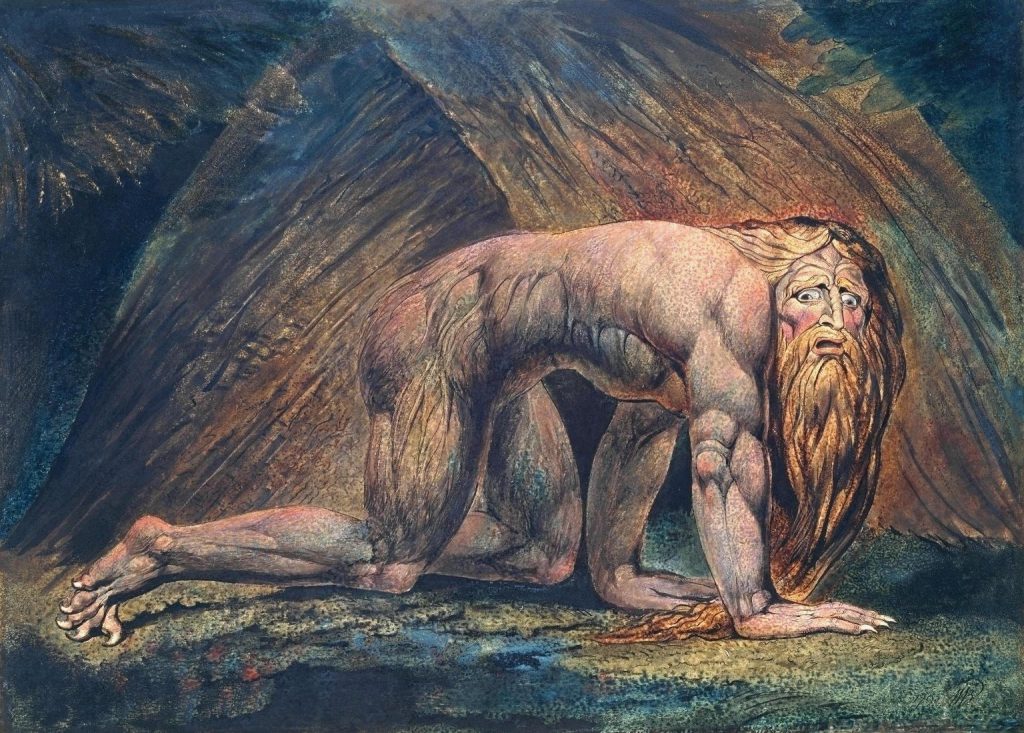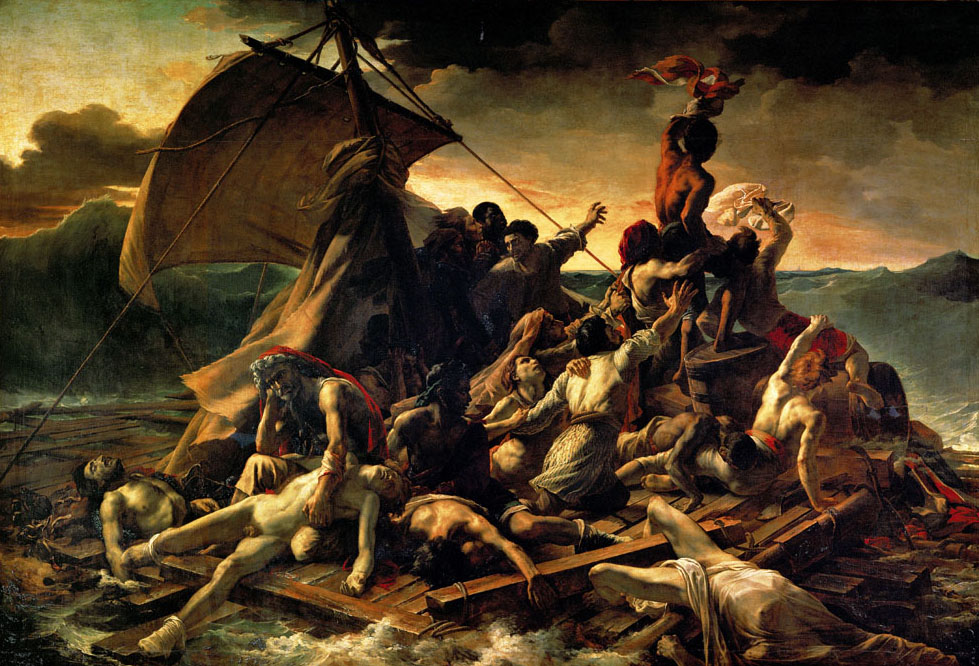Théodore Géricault (1791-1824) gives us one of the first masterpieces of anonymous portraiture. It’s not that we’ve forgotten this sitter’s name somewhere in the annals of time – no, we never knew it. This wasn’t a rich man who could afford to commission a portrait of himself for his home. He wasn’t a king, or a prince, or a pope. He was a compulsive thief, holed up in a mental institution.

The very fact that the word ‘bedlam’, meaning uproar, noise and disorder, takes its origin from Europe’s oldest mental hospital, the Bethlem Hospital in London, might give an impression of what life was like behind the walls of a pre 19th century asylum. There was no treatment, only containment. Inmates were handled like wild animals and chained up – their illnesses subject to misunderstanding and public ridicule.
In art history, too, we find very few sympathetic representations of mental illness. Painters portrayed the insane either as pathetic helpless individuals or extreme people to be feared. The perception of mental illness in art (as in society) was tied to Christian perceptions of demonic possession and divine punishment.

Only thirty years before, William Blake gave us one such example with his (admittedly absolutely wonderful) representation of the insane Nebuchadnezzar crawling on all fours like a dog, his hair straggled and his body naked. We’re not, I think, supposed to see ourselves in Blake’s picture and identify with it. The humanity has been sucked out for dramatic effect.
Géricault’s representation communicates the changing attitude to mental illness which was ushered in by the Enlightenment – a cultural movement away from supersition and blind faith, towards empirical knowledge and reason. His work was produced at the Pitié-Salpêtrière Hospital in Paris – now most famous as the place where Princess Diana died, but famous in the nineteenth century too as the birthplace of a new humanitarian approach to the treatment of mental disorders.
The reforms began with Philippe Pinel, who pioneered the so-called ‘moral treatment’ of insanity at the Salpêtrière, ordering the removal of chains from patients. In the decades that followed, different types of mental illness were patiently observed and classified into the categories we still use today – kleptomania being one such example. Pinel’s assistant Etienne-Jean Georget commissioned Gericault to help him by experimentally recording the faces of some of his patients in these various categories.

Géricault was an artist destined not to reach middle age (tuberculosis claimed him at the age of 32) – although he’d already achieved major fame by his 20s with a monumental painting called The Raft of the Medusa.
The Medusa was a frigate, wrecked in 1816 with great loss of life. Amid horrendous stories of starvation and cannibalism, a handful of people managed to survive on an improvised raft. His representation of this event is positively a manifesto of Romanticism, a sensational headline-grabbing dramatization of man versus the terror of nature.
Yet it’s interesting to note that, only three years, later his portraits for the Saltpêtrière stop some way short of his dramatic imagining of the Medusa. Romantic art existed in the realm of felt experience, prizing drama and tension above simply objective realism. But whereas Blake and Goya (both associated with the Romantic movement) chose to dramatize their representations of insanity to the point of caricature, Géricault, when given the chance, took two steps back. Why?

In another portrait from the same sequence, the woman with obsessive envy, we can see nothing specific to her condition. Her eyes are red-rimmed and her clothing dishevelled but it’s a completely objective, unsensational view.
The kleptomanic looks slightly haunted and distracted, and his collar is dirty – but Géricault seems to be saying that he can still see the person within, clear as day. He is, whether consciously or not, defying Georget who commissioned him to record these phases as ‘types’ according to manias. Georget was pioneering for his time but Géricault, if I’m not mistaken, is a step ahead even of this. He tells us that this man isn’t just a definition of symptoms, a sub-division on some empirical, rational diagnostic chart. As such, you could say it still fits the definition of Romanticism as being a felt response, emotional and aesthetic. It’s more mature and subtler than the Medusa – perhaps because the earlier picture had been based on an imagined reality, whereas here Géricault is actually forced to sit opposite the people he is representing.
The portraits are given additional weight with the knowledge that the artist himself suffered from depression, and is even rumoured to have made a failed attempt at suicide. He is surely working under the awareness that there isn’t a great deal separating him from these institutionalized souls. As such, the pictures are true one-offs, wordless documents of understanding and fellow-feeling between humans.